In the ever-evolving landscape of wellness trends, “green noise” is the newest sound making waves — not just across TikTok, but in bedrooms and meditation spaces everywhere. While white noise and pink noise have long been darlings of the sleep community, green noise is emerging as a uniquely calming audio experience, praised for its ability to lull the brain into restful states without overstimulation.
But what is green noise, really? How does it compare to other sound frequencies? And why is it so effective for sleep, focus, and nervous system reset?
In this post, we’ll unpack the science of green noise, explore how it impacts the brain and body, and offer a deeper look at how neuroVIZR integrates similar principles and goes far beyond them in creating effortless, full-spectrum sensory experiences for sleep and self-regulation.
What Is Green Noise?
Green noise is a sub-type of “colored noise,” part of a spectrum of sounds defined by the distribution of energy across different frequencies. In simple terms, green noise is a filtered version of white noise — smoother, gentler, and more balanced to the human ear.
Key Characteristics:
-
Frequency Range: Mid-range frequencies (~500 Hz), similar to the sound of nature
-
Auditory Quality: Less harsh than white noise, more vibrant than pink noise
-
Common Associations: Waterfalls, rivers, wind through trees, ocean surf
Imagine standing beside a quiet riverbank or listening to rainfall on leaves. That’s the essence of green noise. It’s rhythmic, immersive, and importantly non-intrusive, making it ideal for calming the mind without causing fatigue or alertness.
Why Green Noise Works for Sleep
The brain’s sleep-wake cycle (circadian rhythm) is deeply influenced by sensory input including light, temperature, and sound. Green noise supports sleep by:
1. Masking Distractions
Like white or pink noise, green noise helps reduce external interruptions by creating a continuous auditory backdrop. This is especially useful for:
-
Urban environments
-
Light sleepers
-
Partner snoring
-
Tinnitus sufferers
2. Regulating the Nervous System
Green noise promotes a parasympathetic response the “rest and digest” mode of the autonomic nervous system. Unlike high-frequency white noise, which can feel aggressive or static-like, green noise flows gently, easing the body into slower heart rates and lower blood pressure.
3. Harmonizing with Brainwaves
The human brain cycles through various wave frequencies across the day. During the transition to sleep, we move from alert beta to relaxed alpha, and eventually theta and delta. Green noise subtly mirrors the alpha-theta transition zone, helping the mind downshift without abruptness or effort.
Green Noise vs. Other Sound Colors
When it comes to soundscapes for sleep and focus, not all "noise colors" are created equal. Each has a distinct personality and a different effect on the nervous system.
White noise is the most well-known: a full-spectrum sound that includes all audible frequencies at equal intensity. It’s excellent at masking external noise, but its static-like harshness can feel grating or overwhelming to some.
Pink noise softens that edge by reducing high frequencies, making it sound more balanced and deeper like a steady rainfall or wind through trees. It’s often used to promote deep sleep and mental restoration.
Brown noise goes even lower, emphasizing bass frequencies to create a rumbling, thunder-like sound. Some find it grounding and ideal for focus or calming an overstimulated mind.
Green noise, by contrast, sits right in the mid-frequency range. It’s not too sharp, not too dull just smooth, flowing, and reminiscent of nature’s own symphony. Think of waves rolling on a shore, a gentle waterfall, or the rustle of leaves in the breeze. It feels alive, but never demanding. This makes green noise especially effective for gently coaxing the brain into restful, relaxed states without overstimulation or sedation.
The Neuroscience Behind It
Green noise doesn’t just sound good it interacts directly with how the brain predicts and processes information.
Predictive Coding and Sensory Comfort
Our brains are prediction engines. They’re constantly forecasting what’s about to happen based on sensory input. Sudden changes or unpredictable noise patterns raise alertness (hello, startle reflex), while predictable sensory environments calm us.
Green noise offers this: a gently evolving, low-surprise environment. It softly contradicts expectation just enough to engage but not alarm the brain. Over time, this encourages adaptive neuroplasticity and relaxation.
What TikTok Gets Right (and Wrong)
Social media has done a fantastic job popularizing the term “green noise” but like many wellness trends, it’s only part of the picture.
Yes, listening to green noise on a loop can help some people fall asleep faster. But the real power of auditory environments comes when they’re combined with:
-
Personalization (not all brains like the same frequencies)
-
Multisensory input (sound + light = deeper immersion)
-
Structured variability (to avoid habituation)
That’s where neuroVIZR comes in.
Where Green Noise Ends and neuroVIZR Begins
If green noise is a doorway into calm… neuroVIZR is the whole environment on the other side.
neuroVIZR is a wearable headset that uses structured light and sound stimulation to guide the brain into natural, relaxed, and creative states effortlessly and without medication.
Here’s how it expands on green noise:
Multisensory Stimulation
Instead of sound alone, neuroVIZR integrates dynamic light patterns (MACRO, MESO, MICRO) that pulse through closed eyes gently interacting with visual cortex rhythms and autonomic balance.
Predictive Engagement, Not Entrainment
Unlike repetitive noise loops or traditional entrainment tech, neuroVIZR uses novelty, subtle surprise, and compositional shifts to keep the brain engaged not dulled. This supports neuroplastic changes, not just temporary relief.
Personalized Session Themes
Whether you want to sleep, focus, process emotions, or expand consciousness, neuroVIZR offers guided sessions that blend natural frequencies with designed narrative flow. It’s not just “playing noise” it’s inviting transformation.
Final Thoughts: Don’t Just Sleep Reset
Green noise is a beautiful entry point to deeper rest. It echoes the earth’s rhythms, cradles the brain into stillness, and offers a gentle buffer from the modern world’s sensory overload.
But for those seeking not just to sleep, but to adapt to reset to grow, green noise alone may not be enough.
neuroVIZR offers a more complete, sensory-integrated, neuroscience-backed approach to brain relaxation and cognitive renewal.
Try This Tonight
Before bed, try this ritual:
-
Breathe slowly for 2 minutes, letting your shoulders drop
-
Play a green noise track or nature-based soundscape
-
Close your eyes, slow your thoughts
-
If you have a neuroVIZR, select the “Sleep Drift” or “Restorative Calm” session
-
Let go — your brain knows what to do
Because the best kind of sleep isn’t forced. It’s invited.
And sometimes, all it takes… is the right kind of signal.
Ready to experience what green noise dreams of becoming?
Explore neuroVIZR sleep sessions now — and discover how 11 minutes can reset your entire night.
Disclaimer: neuroVIZR is a wellness device created to promote relaxation, focus, and overall brain wellness. It is not a medical device, does not provide diagnoses, and is not intended to treat, cure, or prevent any medical condition. The device is not suitable for individuals with epilepsy. Experiences and results may vary from person to person.



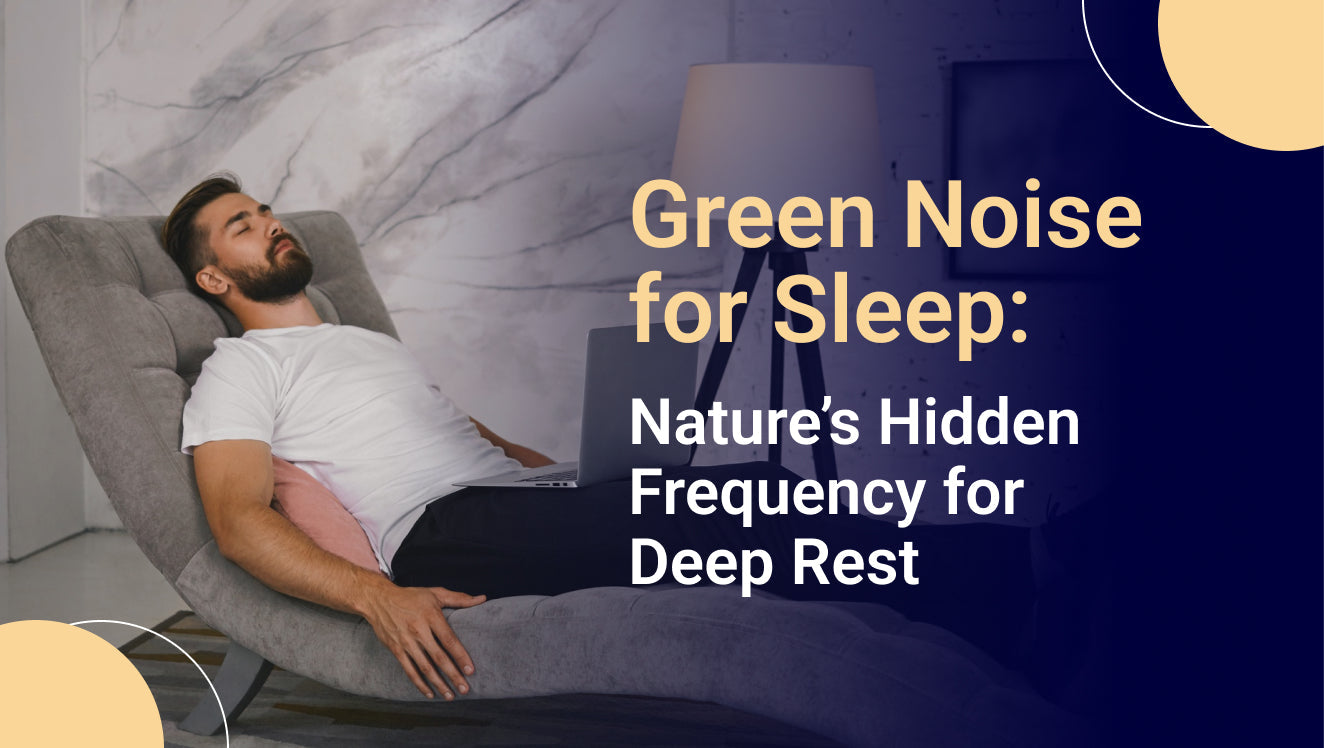






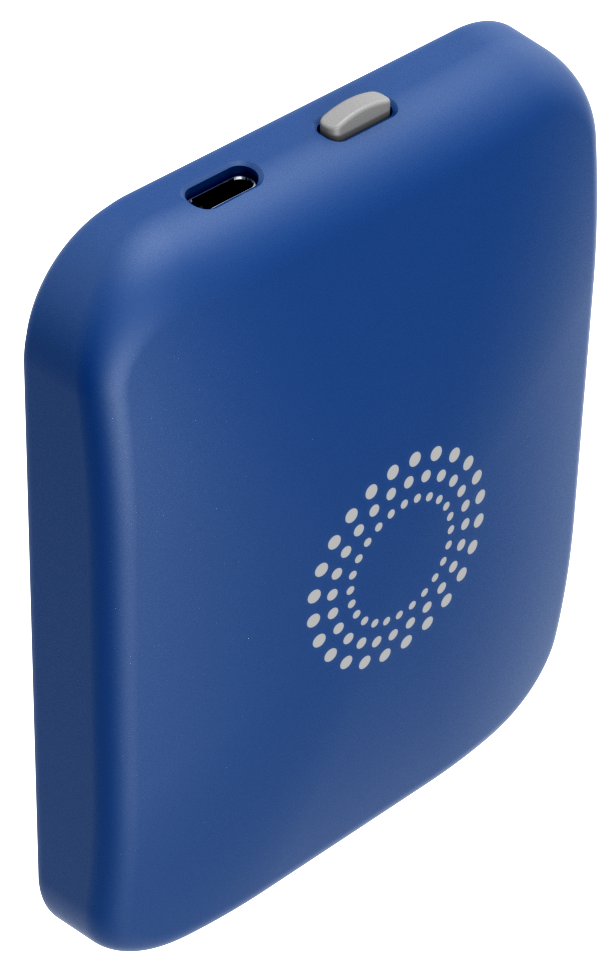
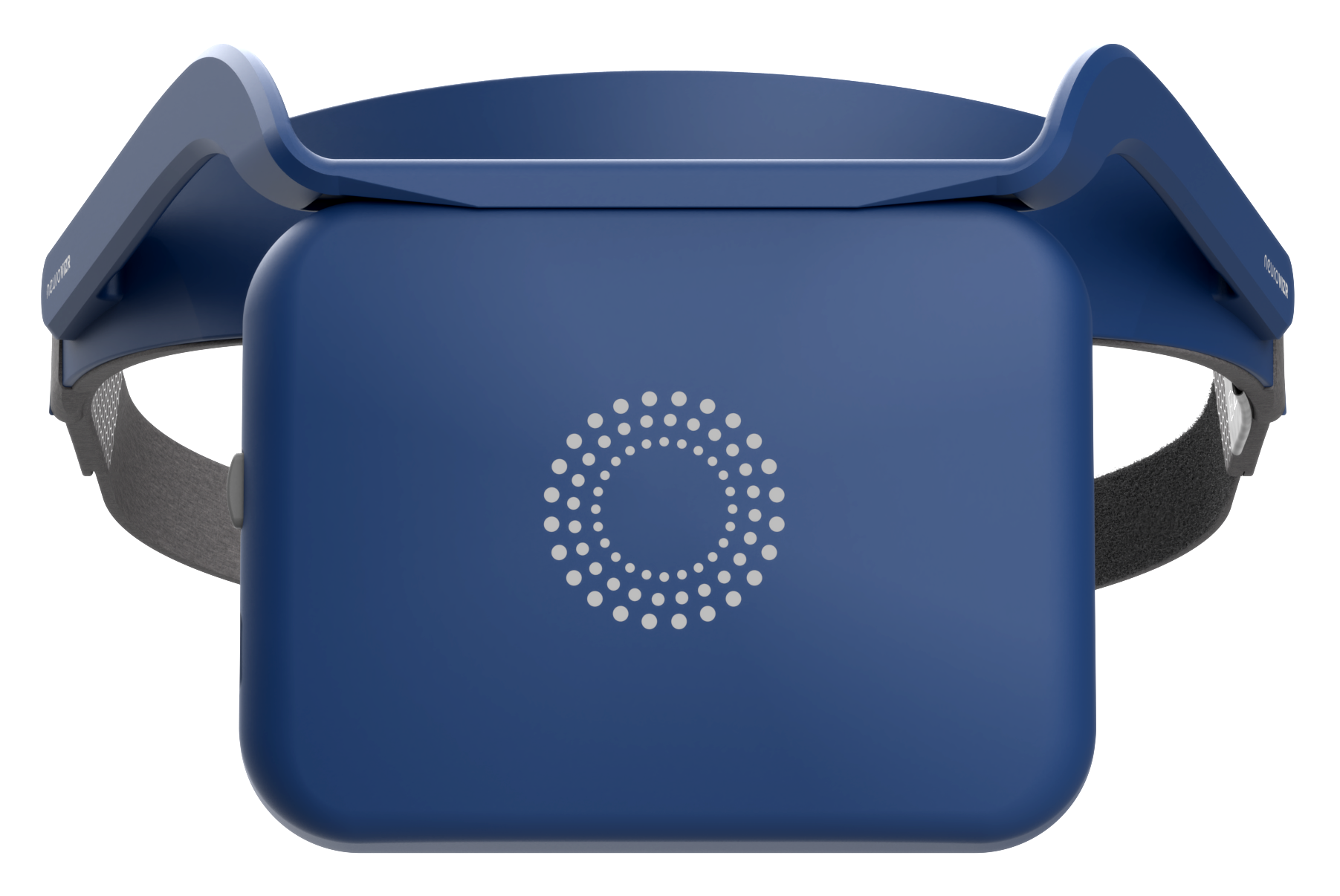
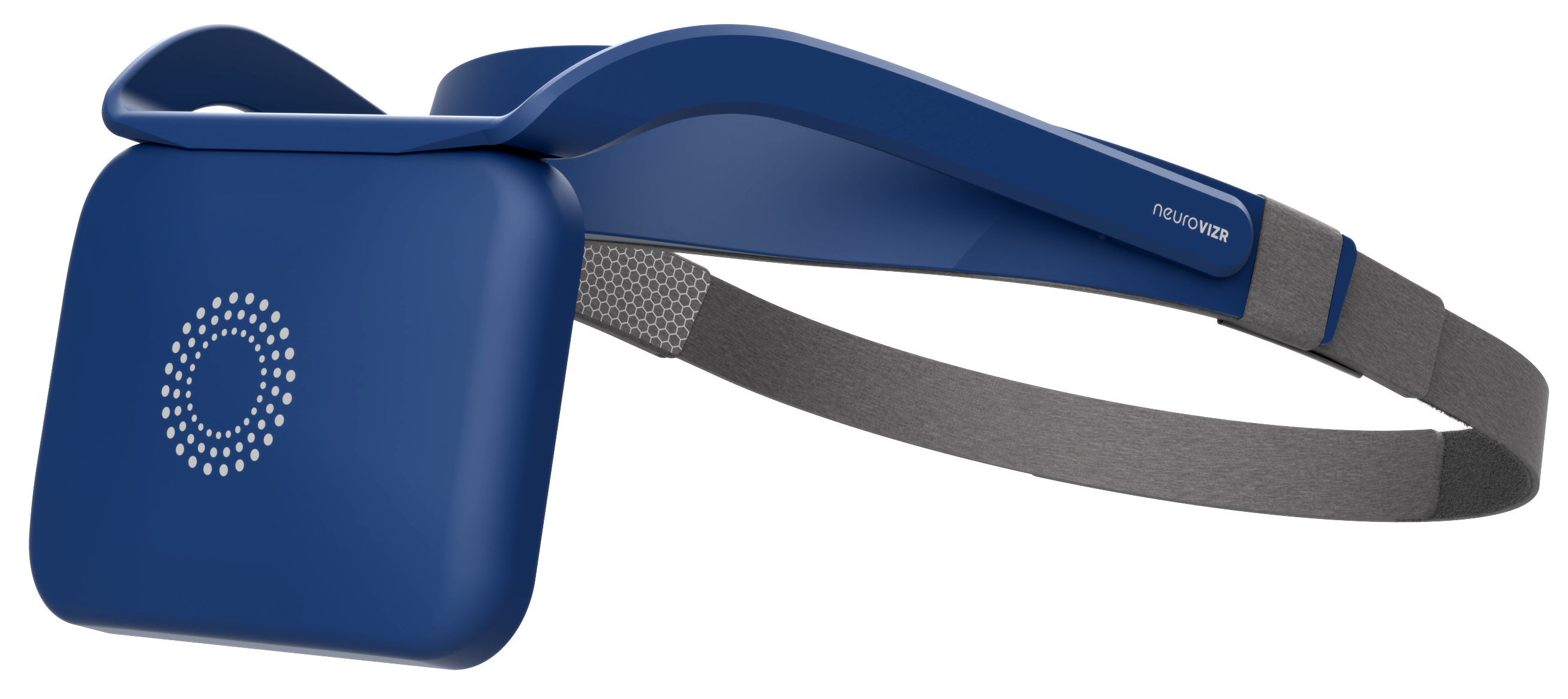

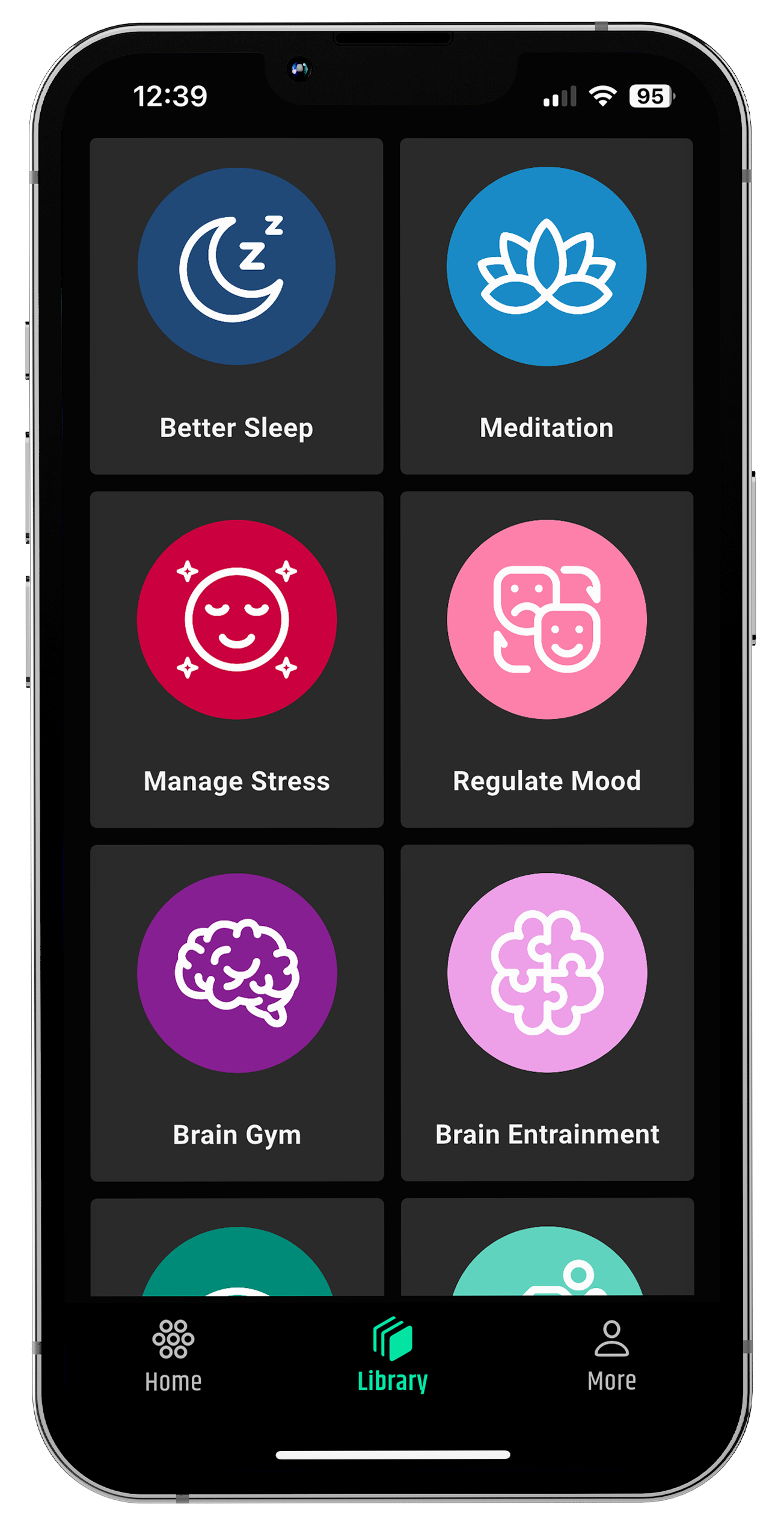
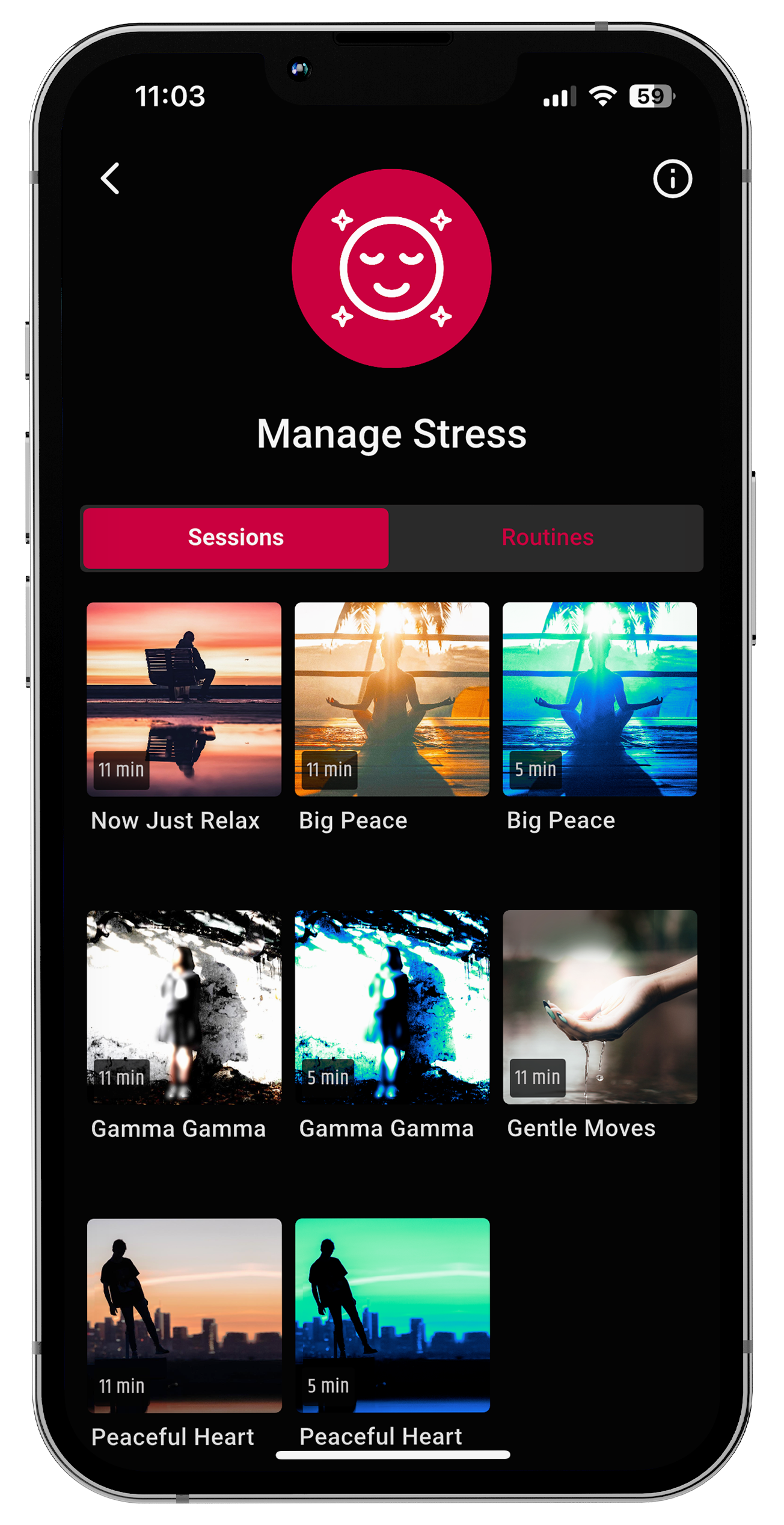
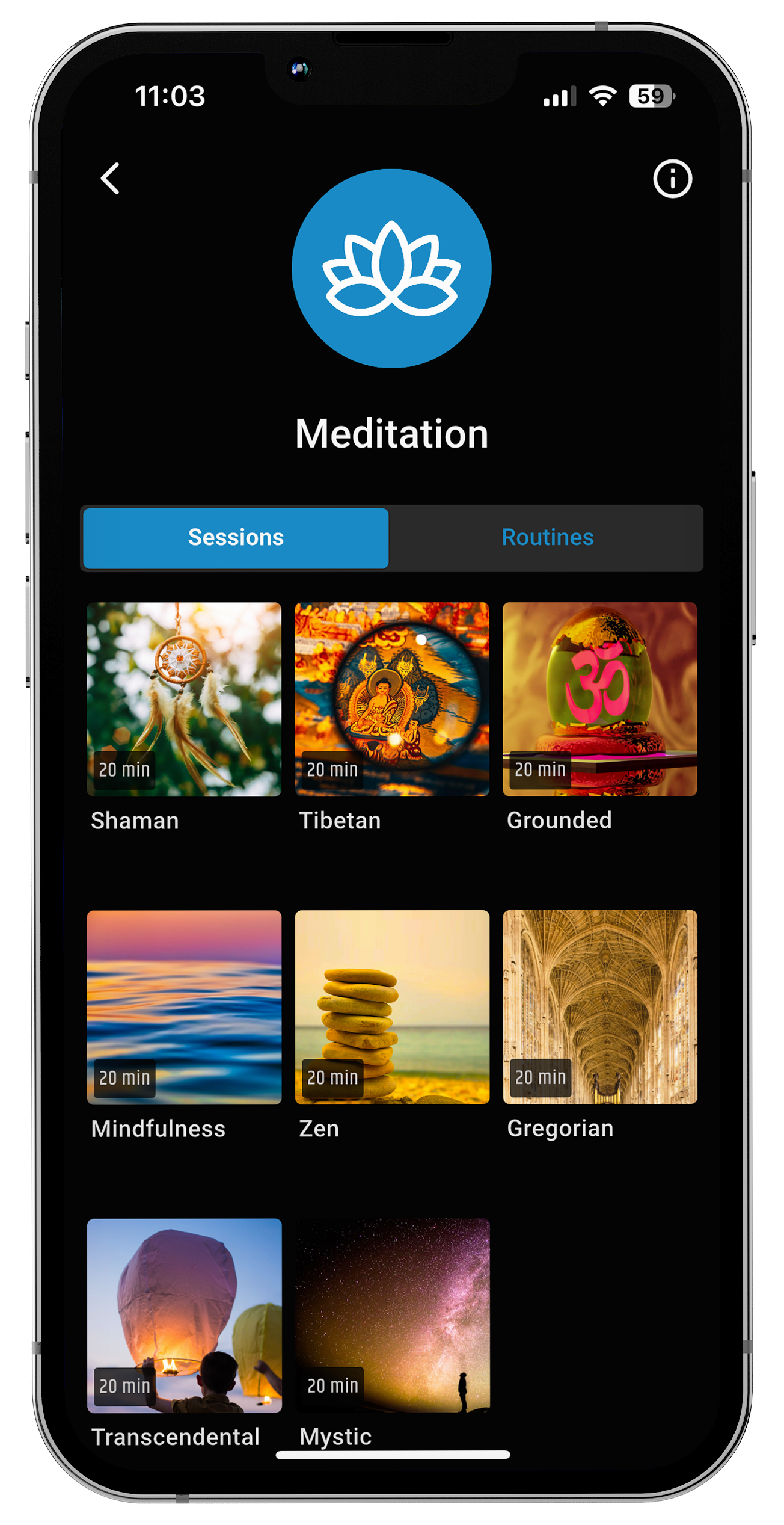
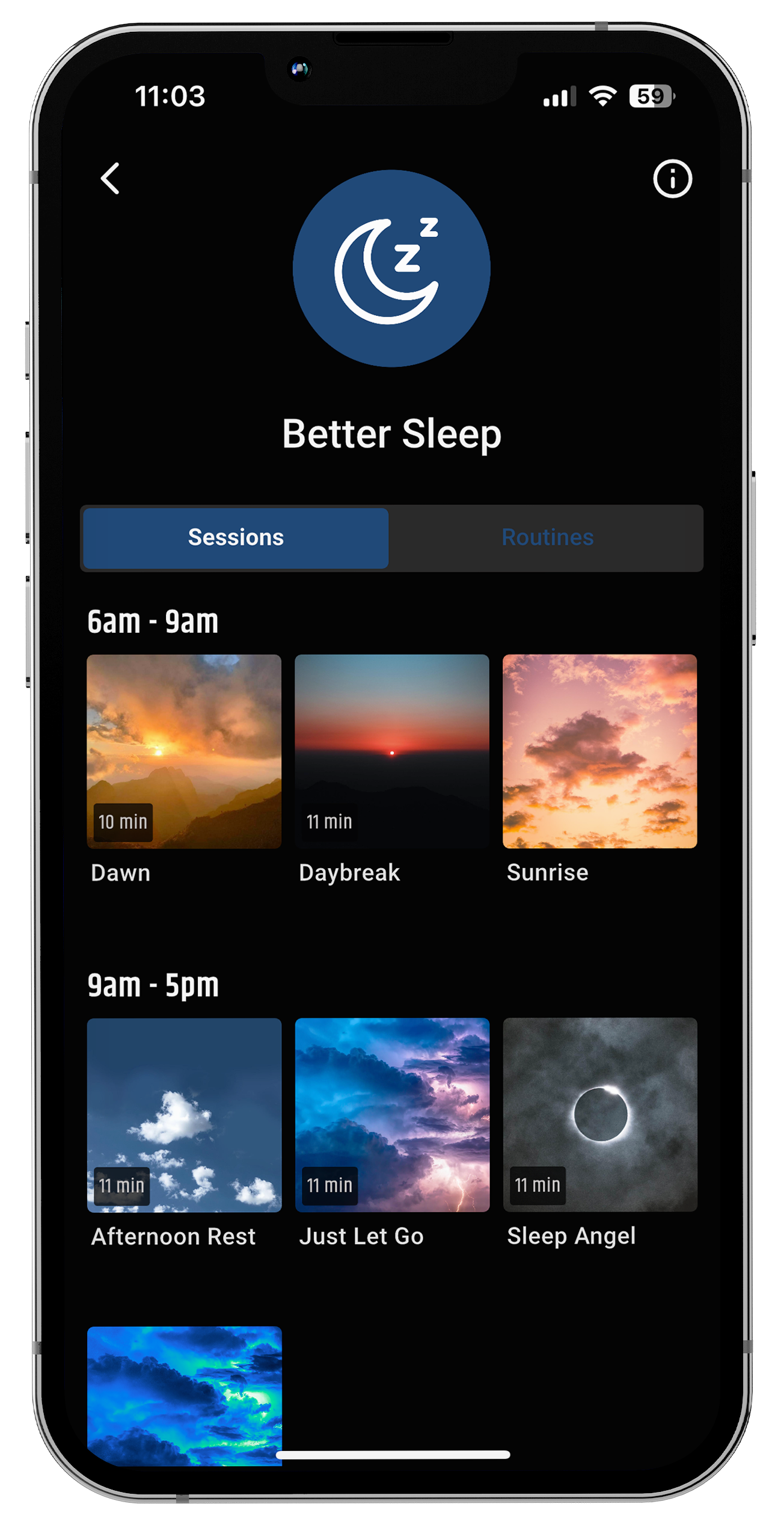
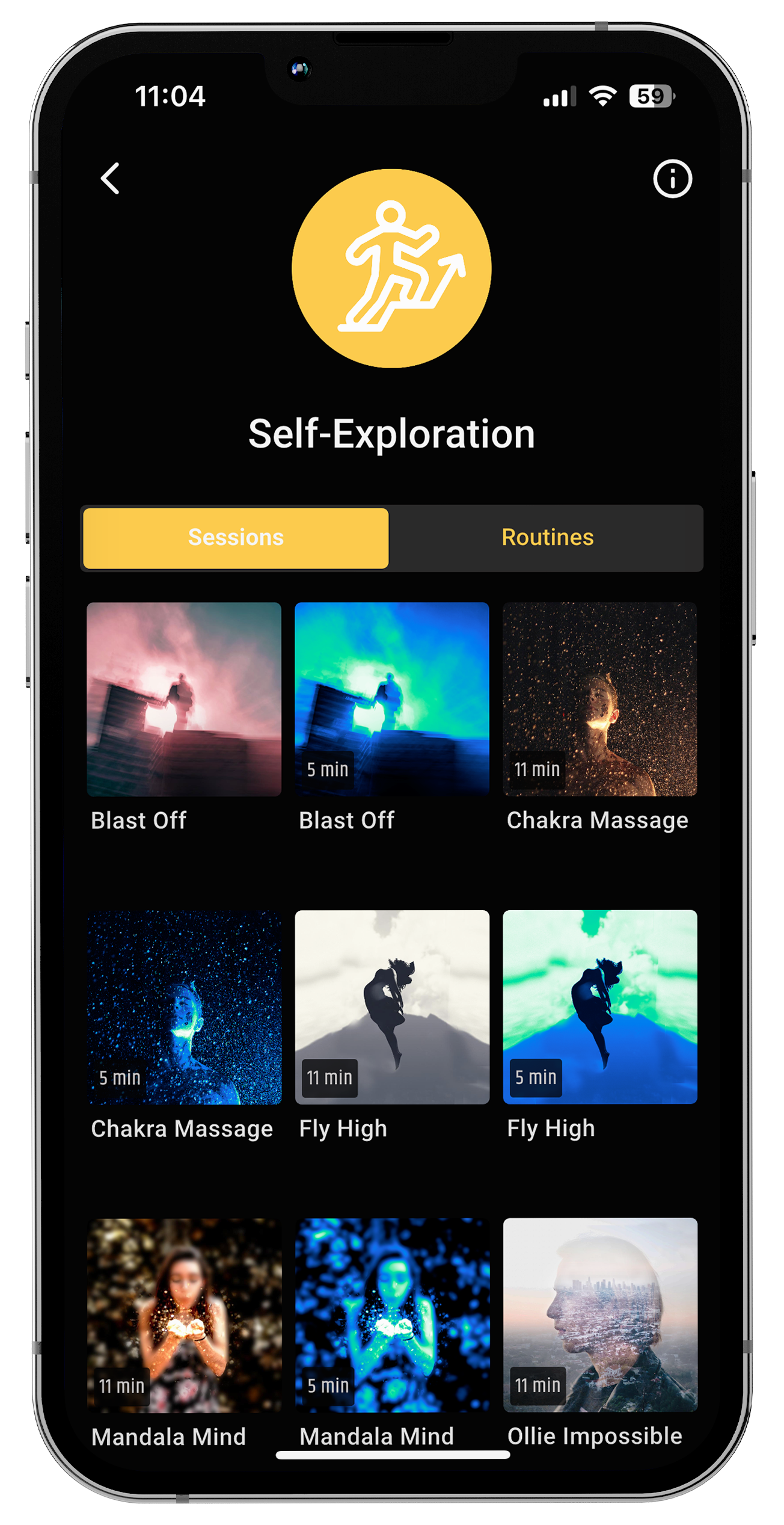
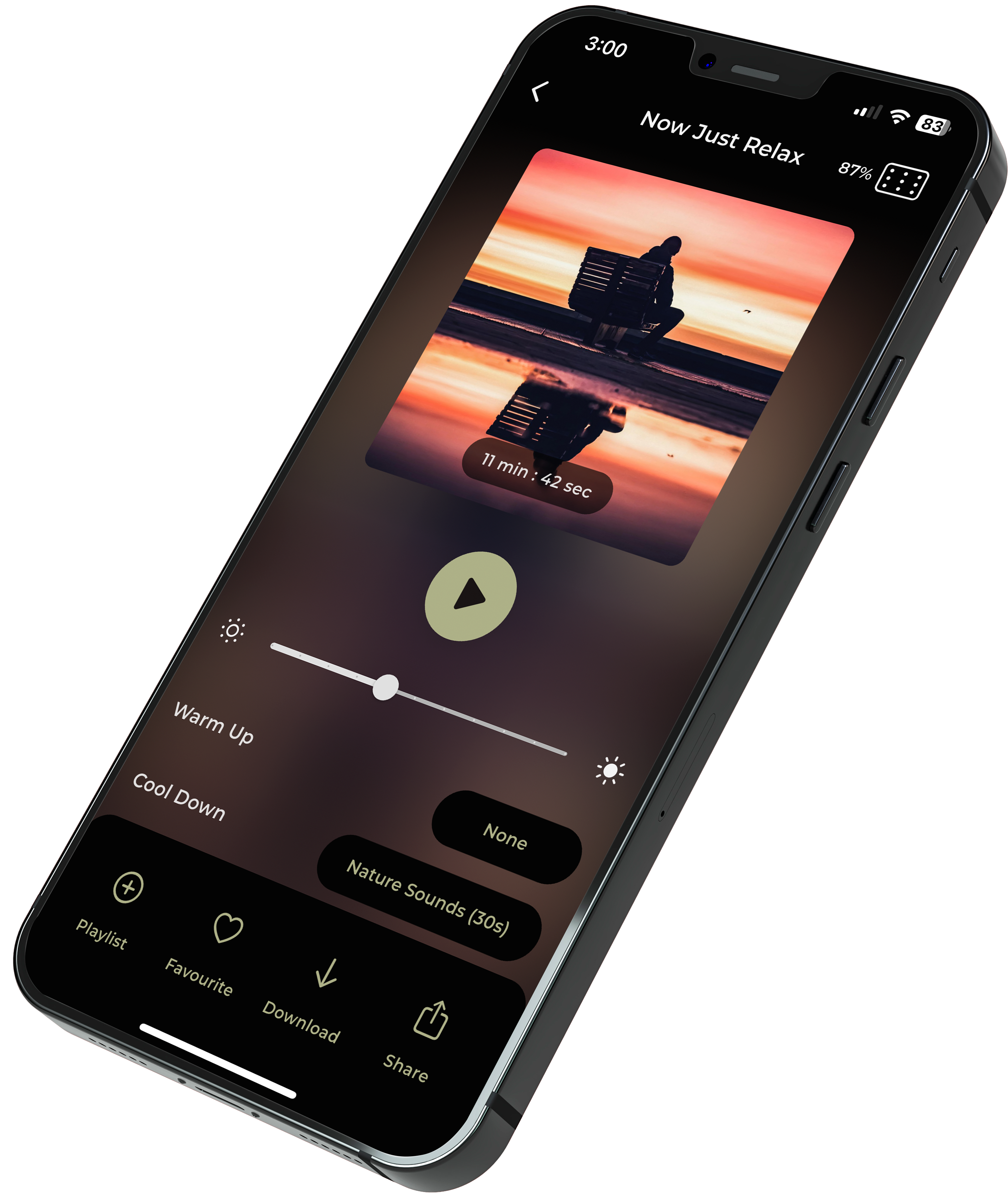


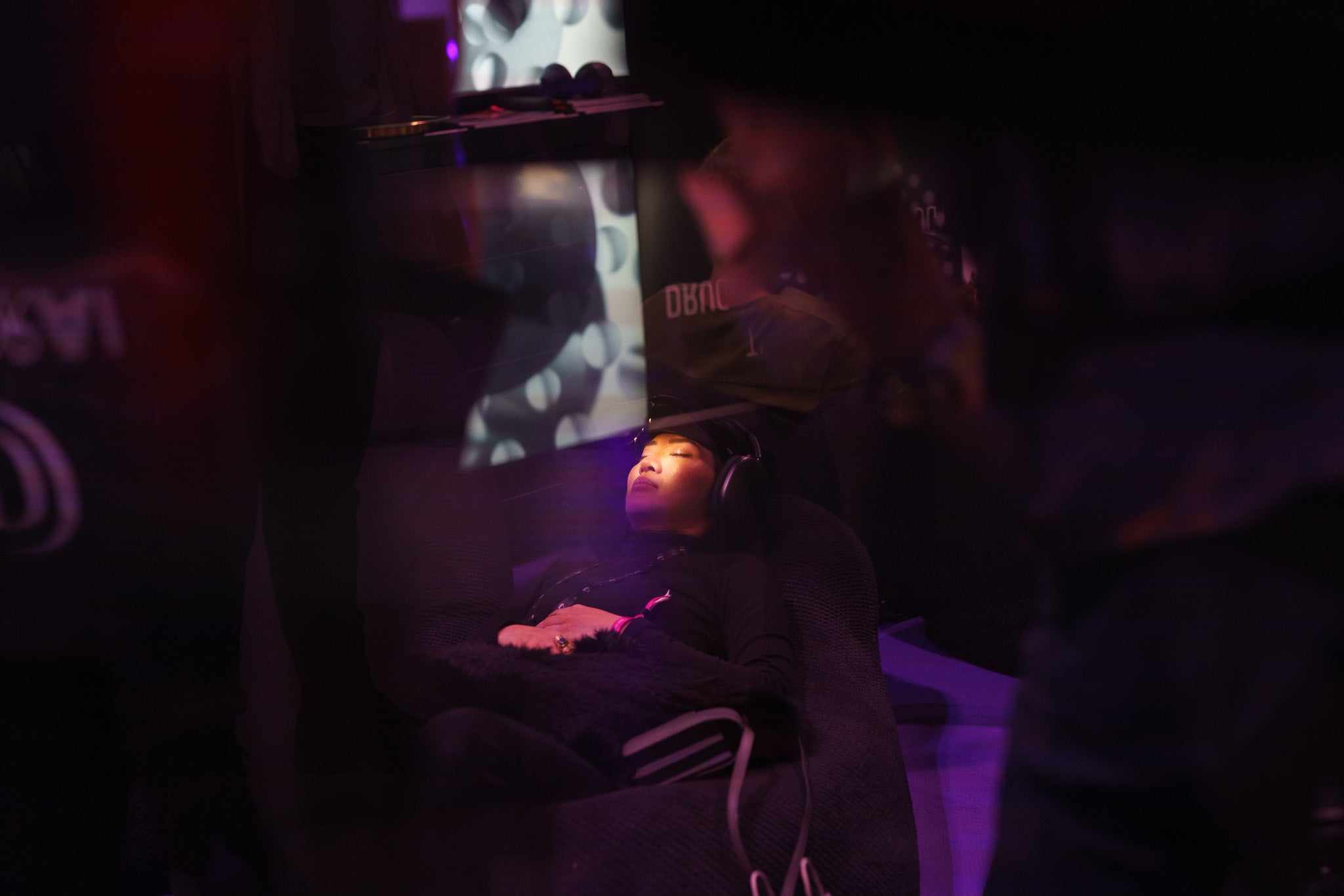




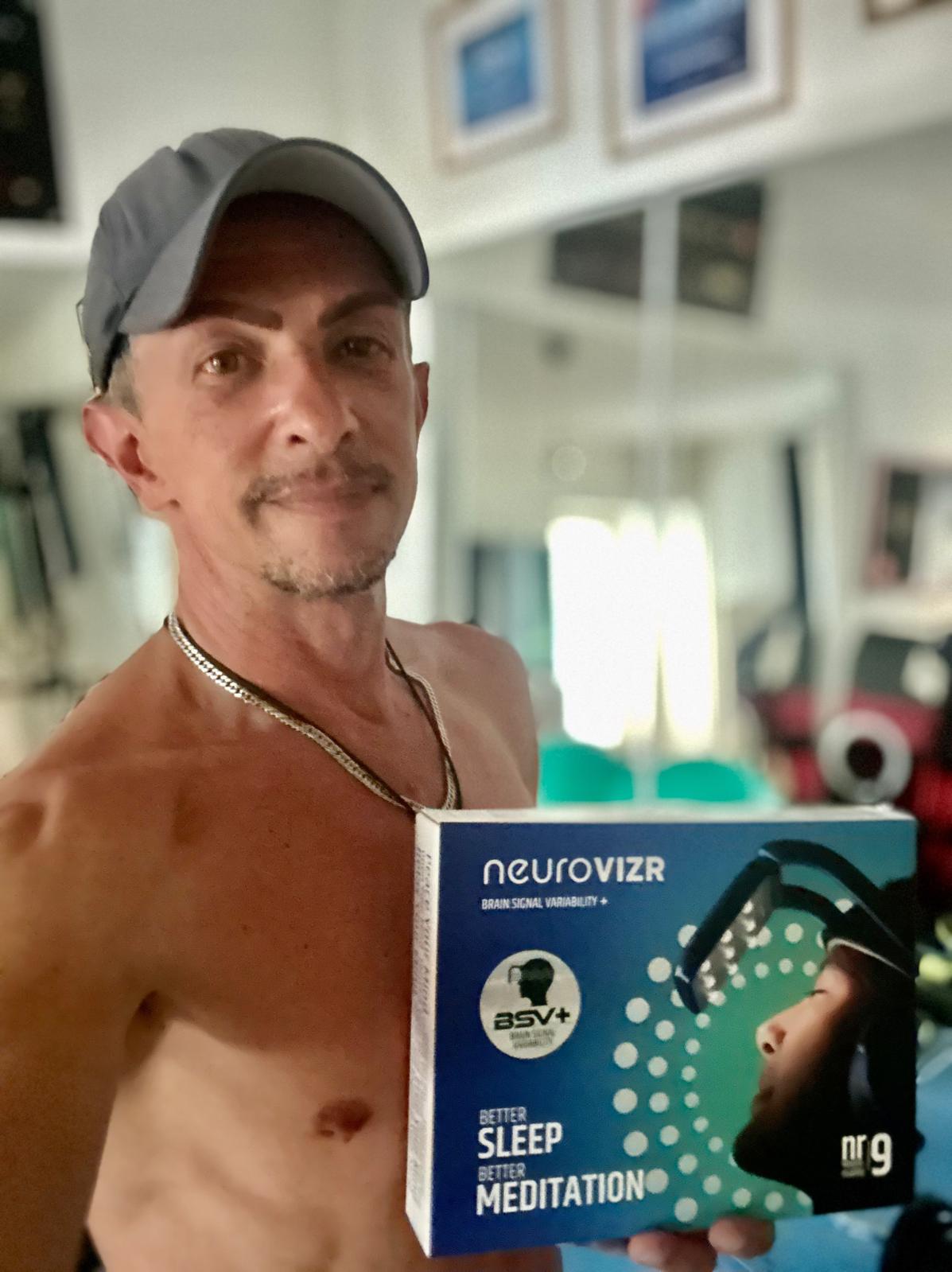
Share:
Migraine Improved Sleep Habits for Relief & Better Posture